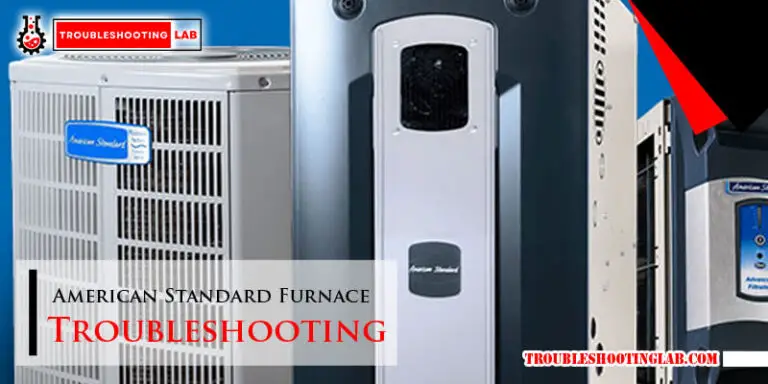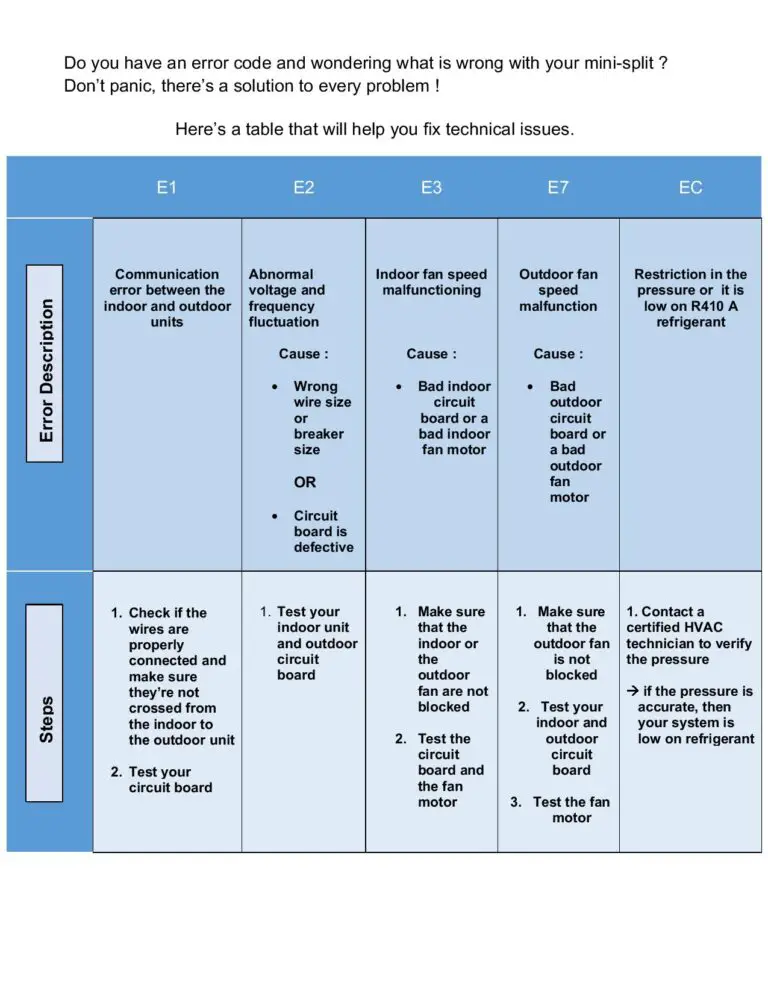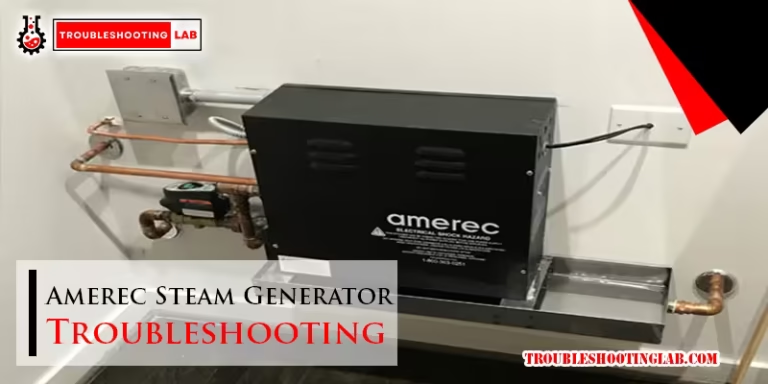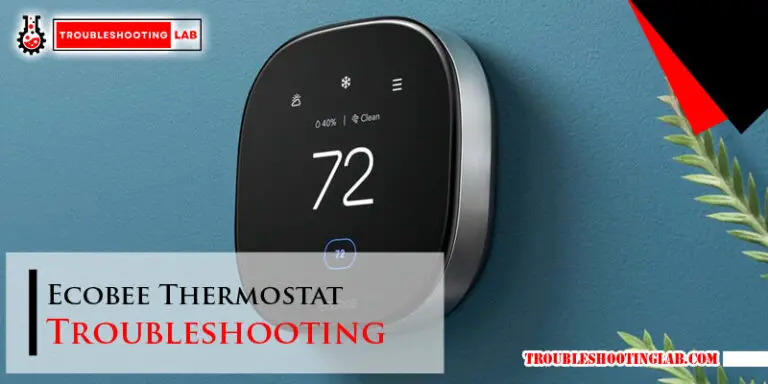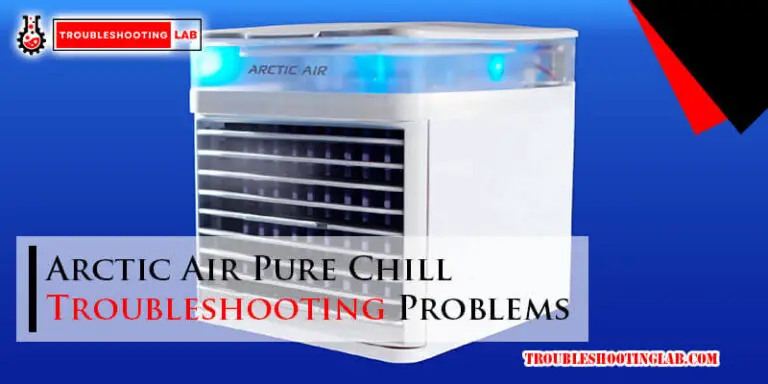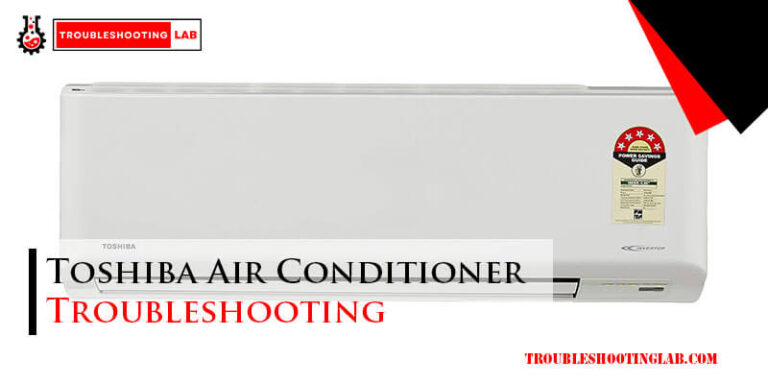Rheem Electric Tankless Water Heater Troubleshooting: Quick Fixes
Is your Rheem electric tankless water heater giving you trouble? It can be frustrating when something you rely on daily stops working as it should.
Whether it’s inconsistent water temperature, error codes flashing on the display, or a complete system shutdown, you’re not alone. Many homeowners face these issues, but the good news is that most problems have simple solutions. In this guide, we’ll walk you through common troubleshooting steps to help you get your water heater back on track.
No technical jargon, no complicated instructions—just clear, actionable tips you can use right away. Keep reading, because the fix you need might be easier than you think!
Common Issues With Rheem Electric Tankless Water Heaters
Rheem electric tankless water heaters are known for their efficiency and convenience, but like any appliance, they can run into issues. Being aware of common problems can save you time, money, and frustration. Let’s dive into some of the typical challenges you might face and how you can tackle them.
1. Poor Hot Water Flow
If your Rheem electric tankless water heater isn’t providing sufficient hot water, it could be due to a clogged inlet filter or mineral buildup. Hard water, especially, can create limescale, reducing water flow. Regular cleaning of the filter and descaling the unit can quickly resolve this issue.
Another possible cause is exceeding the heater’s capacity. Running multiple showers and appliances simultaneously may overwhelm the system. Check your water heater’s flow rate and adjust your usage to match its limits.
2. Water Temperature Fluctuations
Does your shower switch between freezing and scalding? This often happens when the water heater struggles to maintain a consistent temperature. It could be due to low water pressure or a faulty temperature sensor.
Start by inspecting your water pressure. If it’s too low, your heater may not work efficiently. Also, check the temperature settings on your Rheem unit and ensure they haven’t been altered accidentally.
3. Error Codes On The Display
Rheem water heaters are equipped with error codes to pinpoint problems. For instance, an “E5” code signals overheating, while “P1” indicates low water pressure. Refer to your user manual to decode these messages.
Most error codes can be fixed by resetting the unit or addressing the root cause, like cleaning filters or boosting water pressure. If the issue persists, you may need to call a professional.
4. Unit Not Powering On
If your water heater refuses to turn on, it could be an electrical problem. Start by checking if the circuit breaker has tripped. Reset it if necessary.
Next, inspect the wiring connections to ensure nothing is loose or damaged. If everything looks fine and the heater still won’t power on, you might be dealing with a faulty internal component, which requires expert help.
5. Strange Noises During Operation
Unusual noises like clicking or banging often indicate trapped air or mineral buildup inside the unit. Bleeding the system to remove air pockets can resolve this issue.
If the noise persists, it might be time to descale the heater. Ignoring this problem can lead to reduced efficiency and potential damage over time.
Addressing these common issues doesn’t have to be overwhelming. With regular maintenance and a proactive approach, you can keep your Rheem electric tankless water heater running smoothly for years. Which of these problems have you encountered? Share your tips or questions below!

Credit: www.reddit.com
No Hot Water
Imagine this—you’re ready for a hot shower, but your Rheem electric tankless water heater delivers nothing but cold water. Frustrating, right? Don’t worry, you’re not alone. This issue is quite common, and the good news is, there are simple steps you can take to troubleshoot the problem.
Checking Power Supply
Start by ensuring your unit has power. Look at the display panel on the water heater. Is it lit up or completely blank? A blank screen might mean the unit isn’t receiving electricity.
Check if the unit is properly plugged into an electrical outlet. Sometimes, a loose connection can interrupt power. Make sure the plug is secure and the outlet is functional. Plug in another device to test the outlet if you’re unsure.
If the outlet works but the heater doesn’t turn on, it may point to internal wiring issues. Consult a professional if this is the case.
Inspecting Circuit Breakers
Your circuit breaker could be the culprit. Head to your electrical panel and locate the breaker for your water heater. Is it switched off or in the middle position?
If it’s off, switch it back on. This often happens when the breaker trips due to a power surge or overload. Make sure to press firmly to lock it into place.
If the breaker trips again after resetting, it could indicate a deeper electrical issue. At this point, you may want to contact an electrician for further inspection.
Resetting The Unit
Sometimes, your water heater just needs a quick reset. Look for the reset button on your Rheem electric tankless water heater—usually located near the display panel or control board.
Press and hold the reset button for a few seconds. You might hear a click, indicating the system has restarted. After resetting, check if the hot water is back.
If resetting doesn’t help, refer to the user manual for specific troubleshooting tips or error codes. It might reveal an issue you can fix yourself without calling for help.
Have you experienced a similar problem? What steps worked for you? Share your thoughts below and help others troubleshoot effectively!
Fluctuating Water Temperature
Fluctuating water temperature in your Rheem electric tankless water heater can disrupt daily routines. This issue often stems from simple maintenance needs or incorrect settings. Understanding the cause makes troubleshooting easier and helps restore consistent water temperature.
Cleaning The Inlet Filter
The inlet filter blocks debris from entering your water heater. Over time, dirt and sediment can clog the filter. This reduces water flow and causes temperature swings. To clean it, turn off the water supply first. Remove the filter, rinse it under running water, and scrub gently if needed. Reinstall it securely before restarting the heater. Regular cleaning keeps the filter functioning well.
Adjusting Flow Rate
The flow rate affects how water is heated. Low flow can cause overheating, while high flow may not heat enough. Check the flow rate by slowly turning the water faucet. Adjust it to match the heater’s capacity. Refer to your Rheem manual for recommended settings. A proper balance ensures stable water temperature.
Checking Heating Elements
Heating elements warm the water as it passes through the unit. A damaged or faulty element can lead to uneven heating. Turn off the power before inspecting them. Look for visible wear, corrosion, or breaks. If needed, replace the damaged element with a compatible part. Properly functioning elements are vital for consistent heating.
Error Codes On Display
Rheem electric tankless water heaters are efficient and reliable. Yet, like any appliance, they may display error codes to alert you of potential issues. These codes help identify problems quickly, saving time and effort. Understanding what these codes mean is the first step to troubleshooting.
Understanding Common Error Codes
Rheem water heaters display codes like “E0,” “E5,” or “E13.” Each code points to a specific problem. For example, “E0” indicates a communication error. “E5” often relates to a water flow issue. “E13” signals an outlet temperature sensor issue. Knowing these codes can simplify troubleshooting efforts.
Steps To Clear Error Messages
First, turn off the unit and unplug it from power. Wait for a few minutes, then reconnect the power and turn it on. Check if the code persists. For flow-related errors, clean the water filter and ensure proper water pressure. If it’s a sensor issue, inspect and secure the sensor connections.
When To Contact Support
Some issues require professional help. Contact Rheem support if the error code remains after basic troubleshooting. Persistent problems like sensor failures or electrical faults need expert assistance. Always have your model and serial number ready when contacting support.
Low Water Pressure
Experiencing low water pressure with your Rheem electric tankless water heater can be frustrating. It can disrupt your daily routine, whether it’s taking a shower or washing dishes. Fortunately, troubleshooting the issue is straightforward when you break it down step-by-step.
Inspecting Plumbing Connections
Start by checking all the plumbing connections around your water heater. Loose or improperly secured connections can restrict water flow. Ensure all fittings are tight and secure—use a wrench if needed.
Pay special attention to areas where leaks might occur. Even small leaks can affect water pressure. Look for water spots or puddles around the unit as a clue.
If you recently installed the heater, double-check whether the pipes were sized correctly. Pipes that are too small can also cause low water pressure.
Checking For Blockages
Blockages are another common culprit for low water pressure. Sediment or debris can accumulate in the inlet or outlet pipes of the water heater over time. This build-up restricts the flow of water, leading to reduced pressure.
Turn off the water supply and detach the inlet and outlet pipes carefully. Flush them with clean water to remove any obstructions. You might be surprised how much debris comes out!
Don’t forget to inspect the filter screen if your unit has one. A clogged filter screen can also cause similar issues. Cleaning it can make a noticeable difference in your water pressure.
Testing Water Supply
Sometimes, the issue isn’t with the heater itself but the water supply. Test the water pressure coming into your home. A pressure gauge can help you measure if the supply is consistent with your area’s standards.
If the supply pressure is low, contact your local water provider to investigate. They may need to adjust the pressure settings or address external issues. A low supply can make even the best water heater struggle.
Consider installing a pressure booster if your home frequently experiences low water pressure. It’s a practical solution for consistent water flow year-round.
Have you ever solved a low water pressure issue on your own? What worked for you? Share your tips in the comments below—your experience might help someone else facing the same challenge!
Unusual Noise From The Unit
If your Rheem electric tankless water heater is making unusual noises, it’s more than just an annoyance—it could be a signal that something isn’t right. Ignoring these sounds might lead to bigger problems, so it’s important to address them early. Let’s break down how you can troubleshoot and resolve these noises step-by-step.
Identifying The Source Of Noise
Start by pinpointing where the noise is coming from. Is it a clicking, humming, or rattling sound? Each type of noise can indicate a specific issue.
For example, a clicking noise might mean the flow switch is turning on and off repeatedly. Humming could suggest an electrical component is struggling. Take a moment to listen carefully and note when the sound occurs—does it happen during use, or even when the unit is idle?
Write down these observations. They’ll help you diagnose the problem or explain it clearly if you need professional assistance.
Cleaning Internal Components
Sometimes, noise comes from mineral buildup inside the unit. Hard water can leave deposits on heating elements or clog other parts. Over time, these deposits can create rattling or buzzing sounds.
Turn off the power to the unit and follow the manufacturer’s instructions to safely access internal components. Use a descaling solution to clean the heating elements and flush the system to remove debris.
Regular maintenance like this can prevent buildup and keep your water heater running quietly. If you haven’t cleaned your unit in a while, it might be time to make it a habit.
Replacing Worn Parts
Unusual noises might also mean some parts are worn out and need replacement. A loose fan, damaged heating element, or failing flow switch are common culprits.
Check the parts that seem related to the noise you’ve identified. Are there any visible signs of wear, like cracks, corrosion, or loose connections? If yes, replacing these parts could resolve the issue quickly.
Order genuine Rheem replacement parts to ensure compatibility. If you’re not comfortable replacing components yourself, call a qualified technician to handle the job safely.
Addressing unusual noises in your Rheem electric tankless water heater is manageable with some careful observation and maintenance. Which of these steps will you try first?
Maintenance Tips For Smooth Operation
Maintaining your Rheem electric tankless water heater ensures optimal performance and longevity. Regular upkeep prevents unexpected issues and keeps the system running efficiently. By following a few simple maintenance steps, you can avoid unnecessary repairs and ensure smooth operation.
Regular Cleaning Of Filters
Clean the water inlet filter every few months to prevent clogging. Sediment buildup restricts water flow and reduces heating efficiency. Turn off the water supply and gently remove the filter. Rinse it under warm water to remove debris. Ensure it is completely clean before reinstalling.
Inspecting Heating Components
Check the heating elements for signs of wear or corrosion. Faulty components impact the heater’s ability to warm water effectively. Look for discoloration or visible damage. If you notice any issues, replace the affected parts promptly to avoid further problems.
Scheduling Professional Servicing
Have a certified technician inspect your unit annually for deeper maintenance. Professionals can identify issues that are hard to spot. They also ensure all internal components are functioning correctly. Regular servicing helps extend the lifespan of your heater.
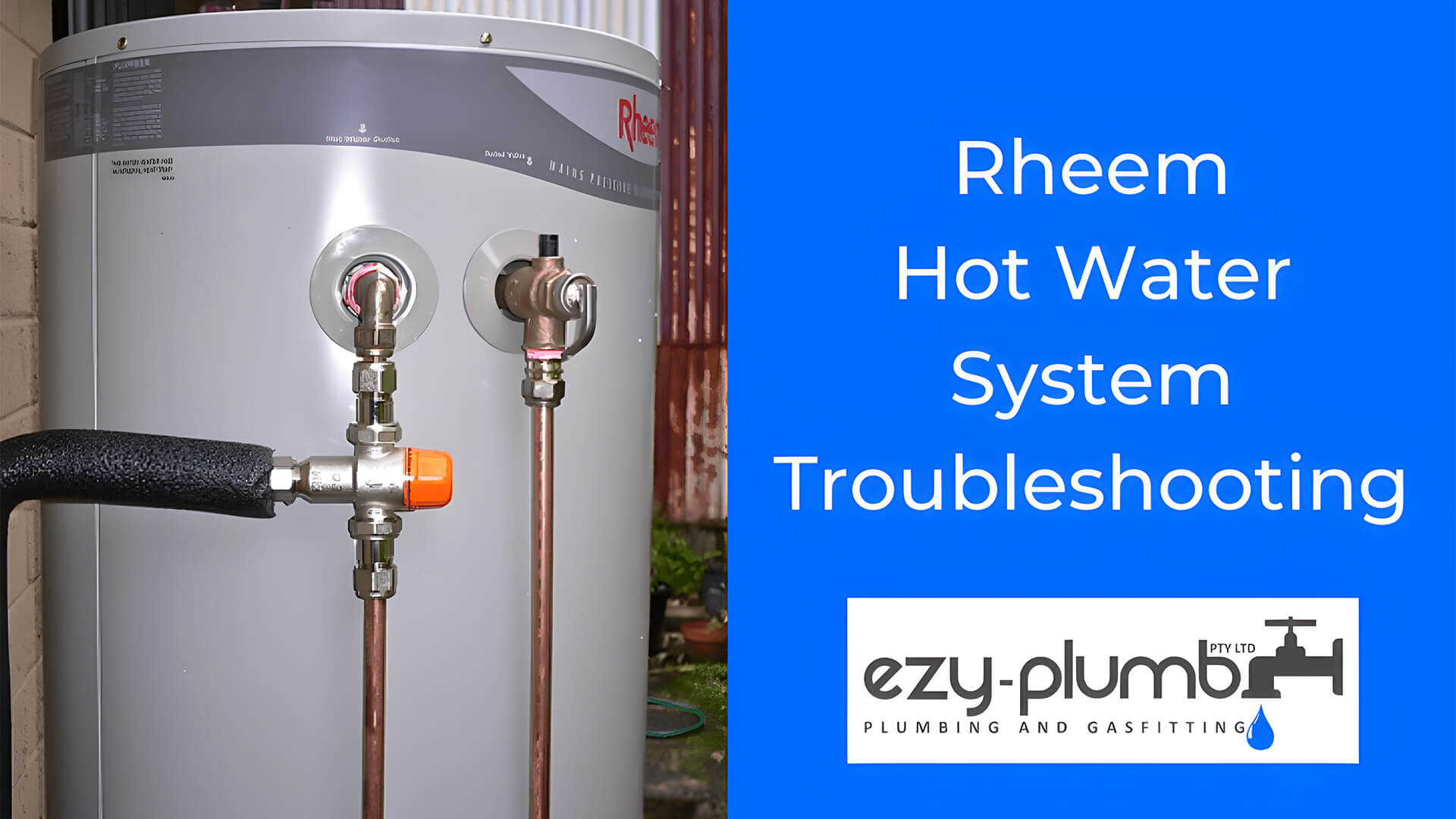
Credit: cuisinesrenoves.com

Credit: wholesalewaterheater.com
Conclusion
Troubleshooting a Rheem electric tankless water heater doesn’t have to be stressful. Start with basic checks like power supply and settings. Identify common problems and address them step by step. Regular maintenance can prevent many issues in the future. Always refer to the user manual for guidance.
Seek professional help if problems persist or seem complex. Staying proactive ensures your heater runs efficiently for years. A well-functioning system provides consistent hot water and peace of mind. Keep these tips handy for quick solutions and smoother operation.

